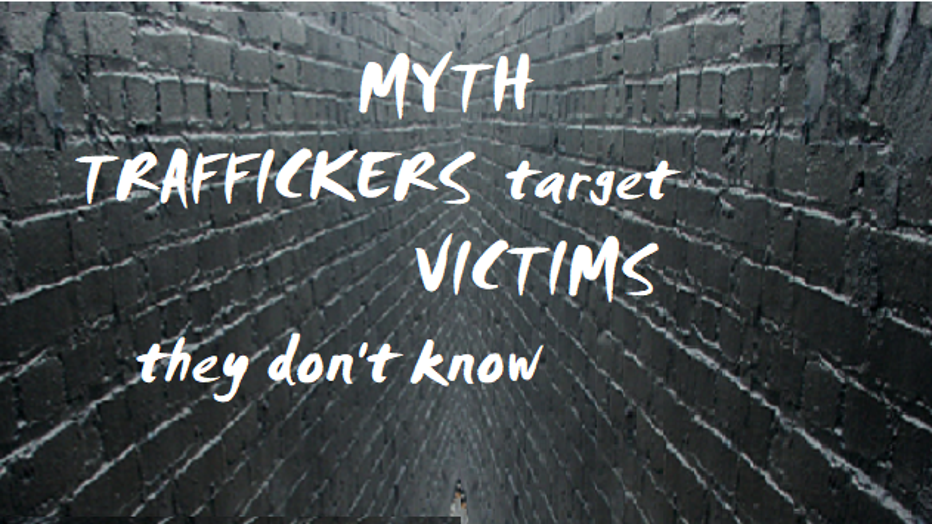The Myths and Realities of Human Trafficking
People for Sale: The Myths and Realities of Human Trafficking
FOX 26 continues its ongoing coverage in our ongoing segment, People For Sell, breaking down the myths and realities about human trafficking.
HOUSTON - Myth: It’s always or usually a violent crime.
Reality: By far the most pervasive myth about human trafficking is that it always - or often - involves kidnappings or otherwise physically forcing someone into a situation. In reality, most human traffickers use psychological means such as tricking, defrauding, manipulating, or threatening victims into providing commercial sex or exploitative labor.
Myth: People being trafficked are physically unable to leave their situations/locked in/held against their will.
Reality: That is sometimes the case. More often, however, people in trafficking situations stay for reasons that are more complicated. Some lack the basic necessities to physically get out - such as transportation or a safe place to live. Some are afraid for their safety. Some have been so effectively manipulated that they do not identify at that point as being under the control of another person.
Myth: Human trafficking involves moving, traveling or transporting a person across state or national borders
Reality: Human trafficking is often confused with human smuggling, which involves illegal border crossings. In fact, the crime of human trafficking does not require any movement whatsoever. Survivors can be recruited and trafficked in their own hometowns, even their own homes.

Myth: All human trafficking involves commercial sex.
Reality: Human trafficking is the use of force, fraud, or coercion to get another person to provide labor or commercial sex. Worldwide, experts believe there are more situations of labor trafficking than sex trafficking. However, there is a much wider awareness of sex trafficking in the United States than of labor trafficking.
Myth: Only women and girls can be victims and survivors of sex trafficking.
Reality: One study estimates that as many as half of sex trafficking victims and survivors are male. Advocates believe that the percentage may be even higher but that male victims are far less likely to be identified. LGBTQ boys and young men are seen as particularly vulnerable to trafficking.
Myth: All commercial sex is human trafficking
Reality: All commercial sex involving a minor is legally considered human trafficking. Commercial sex involving an adult is human trafficking if the person providing commercial sex is doing so against his or her will as a result of force, fraud, or coercion.
Myth: If the trafficked person consented to be in their initial situation, then it cannot be human trafficking or against their will because they "knew better"
Reality: Initial consent to commercial sex or a labor setting prior to acts of force, fraud, or coercion (or if the victim is a minor in a sex trafficking situation) is not relevant to the crime, nor is payment.

Myth: Labor trafficking is only or primarily a problem in developing countries
Reality: Labor trafficking occurs in the United States and in other developed countries but is reported at lower rates than sex trafficking.
Myth: Human trafficking only happens in illegal or underground industries.
Reality: Human trafficking cases have been reported and prosecuted in industries including restaurants, cleaning services, construction, factories, farming, and more.
Myth: Only undocumented foreign nationals get trafficked in the United States
Reality: There are thousands of cases of trafficking involving foreign national victims and survivors who are legally living and/or working in the United States. These include survivors of both sex and labor trafficking.

Myth: Traffickers target victims they don’t know.
Reality: Many survivors have been trafficked by romantic partners, including spouses, and by family members, including parents.

